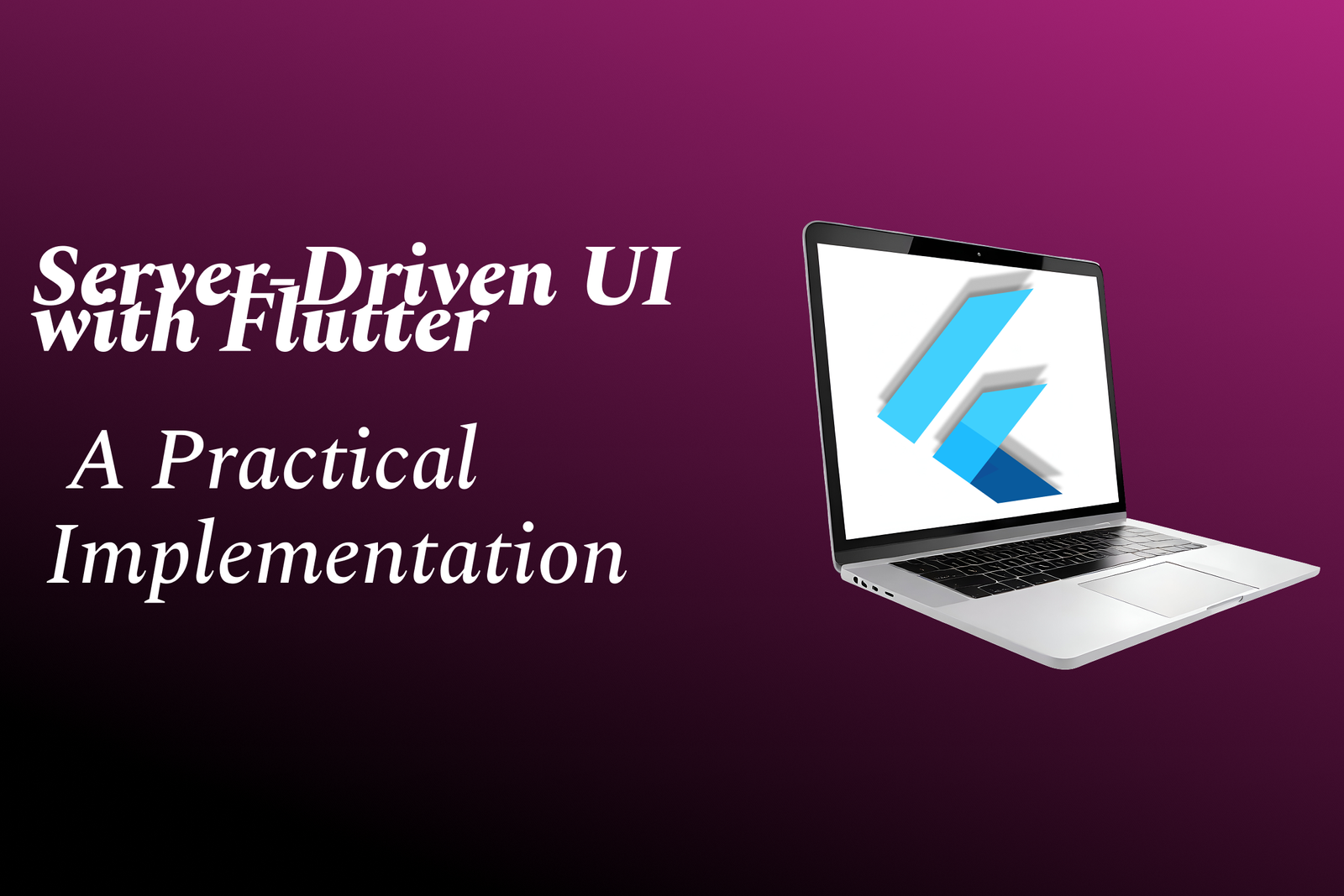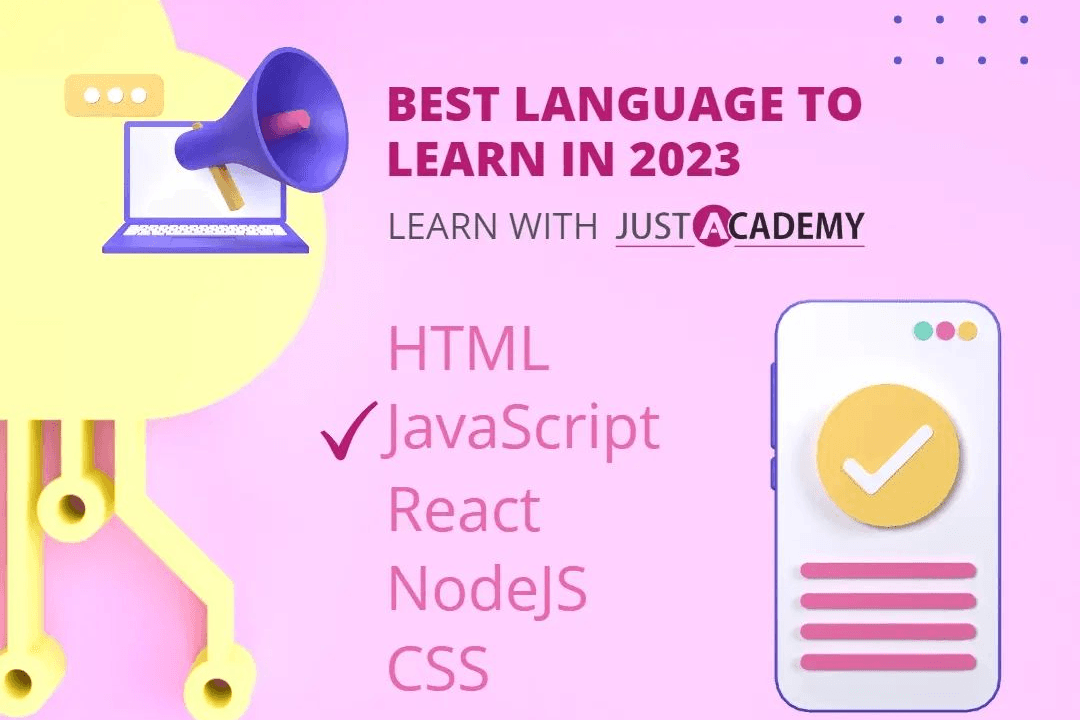Fresher Interview Questions Programming PHP
Fresher interview questions in PHP are designed to evaluate the foundational programming knowledge a
Fresher Interview Questions Programming PHP
Fresher interview questions in PHP programming serve as a valuable tool for assessing the fundamental coding skills, problem-solving abilities, and understanding of core concepts in aspiring developers. By evaluating their knowledge of PHP syntax, data types, functions, control structures, and basic database interactions, these questions help employers identify candidates who possess the essential skills required for web development roles. For freshers, practicing these common interview questions builds confidence, refines their coding abilities, and prepares them to effectively demonstrate their potential to contribute to real-world projects, ultimately increasing their chances of securing a successful career in PHP development.
To Download Our Brochure: https://www.justacademy.co/download-brochure-for-free
Message us for more information: +91 9987184296
Fresher interview questions in PHP programming serve as a valuable tool for assessing the fundamental coding skills, problem solving abilities, and understanding of core concepts in aspiring developers. By evaluating their knowledge of PHP syntax, data types, functions, control structures, and basic database interactions, these questions help employers identify candidates who possess the essential skills required for web development roles. For freshers, practicing these common interview questions builds confidence, refines their coding abilities, and prepares them to effectively demonstrate their potential to contribute to real world projects, ultimately increasing their chances of securing a successful career in PHP development.
Course Overview
The ‘Fresher Interview Questions Programming PHP’ course offers a comprehensive introduction to core PHP concepts, essential coding skills, and common interview questions. It prepares beginners for PHP developer roles by covering syntax, data types, functions, control structures, and basic database interactions through real-time project examples, boosting confidence and employability in web development.
Course Description
The ‘Fresher Interview Questions Programming PHP’ course provides an essential foundation in PHP programming, covering core concepts, coding techniques, and common interview questions. Designed for beginners, it includes practical examples and real-time projects to enhance understanding and prepare students for entry-level PHP developer roles efficiently.
Key Features
1 - Comprehensive Tool Coverage: Provides hands-on training with a range of industry-standard testing tools, including Selenium, JIRA, LoadRunner, and TestRail.
2) Practical Exercises: Features real-world exercises and case studies to apply tools in various testing scenarios.
3) Interactive Learning: Includes interactive sessions with industry experts for personalized feedback and guidance.
4) Detailed Tutorials: Offers extensive tutorials and documentation on tool functionalities and best practices.
5) Advanced Techniques: Covers both fundamental and advanced techniques for using testing tools effectively.
6) Data Visualization: Integrates tools for visualizing test metrics and results, enhancing data interpretation and decision-making.
7) Tool Integration: Teaches how to integrate testing tools into the software development lifecycle for streamlined workflows.
8) Project-Based Learning: Focuses on project-based learning to build practical skills and create a portfolio of completed tasks.
9) Career Support: Provides resources and support for applying learned skills to real-world job scenarios, including resume building and interview preparation.
10) Up-to-Date Content: Ensures that course materials reflect the latest industry standards and tool updates.
Benefits of taking our course
Functional Tools
1 - phpMyAdmin: phpMyAdmin is a popular web based tool used for managing MySQL databases. It provides an intuitive graphical interface to perform tasks such as creating, modifying, and deleting databases and tables. During the training, students learn how to use phpMyAdmin to execute SQL queries, manage database schemas, and back up or restore data efficiently. Mastering this tool helps students understand database management crucial for dynamic web applications and prepares them for real world problem solving related to data handling.
2) Visual Studio Code (VS Code): VS Code is a lightweight yet powerful code editor widely used for PHP development. It offers numerous extensions for syntax highlighting, debugging, and version control integration. Students are trained to write clean PHP code, use debugging tools within VS Code, and customize their environment for optimal productivity. Familiarity with VS Code enhances their coding experience and accelerates development, making it an essential skill for professional PHP programmers.
3) XAMPP/WAMP Server: XAMPP and WAMP are local server environments that enable students to run PHP scripts and test web applications on their computers. These tools include Apache server, MySQL database, and PHP, providing an all in one package for development. Training focuses on setting up these environments, deploying PHP projects locally, and troubleshooting common server issues. This hands on experience is vital for students to understand server configurations and simulate a production like environment.
4) PHPStorm: PHPStorm is an Integrated Development Environment (IDE) tailored for PHP development, offering advanced features such as code analysis, smart code completion, and version control integration. Students learn how to leverage PHPStorm’s capabilities for efficient coding workflows, debugging, and testing their scripts. Using a professional IDE like PHPStorm prepares students for the industry standard tools used by developers worldwide, increasing their productivity and code quality.
5) Git and GitHub: Git is a version control system that tracks changes in source code, allowing collaborative development and version management. Students are instructed on initializing repositories, committing changes, branching, and merging code. GitHub serves as a cloud based platform for hosting repositories, facilitating collaboration with other developers. Learning these tools enables students to work on team projects, maintain clean codebases, and showcase their work to potential employers.
6) Postman: Postman is an API testing tool that allows students to test RESTful services and APIs written in PHP. It provides a user friendly interface to send requests, analyze responses, and automate testing workflows. During the course, students practice integrating PHP applications with external services and APIs, ensuring they understand how to create secure and functional web services. Proficiency with Postman prepares students for backend development tasks and API centric projects.
7) Browser Developer Tools: Browser developer tools embedded in Chrome, Firefox, or Edge assist students in debugging front end issues in conjunction with PHP driven websites. These tools enable inspection of HTML, CSS, and JavaScript while monitoring network requests and performance. Students learn how to troubleshoot UI problems, test responsive designs, and analyze load times, which are critical for full stack development. Familiarity with these tools ensures they can provide seamless user experiences.
8) SQL Workbench: SQL Workbench is a SQL query tool used to write, execute, and optimize SQL queries directly against databases. Students are trained on crafting complex queries, indexing tables, and analyzing query performance. This skill is essential for writing efficient database interactions within PHP applications, enabling students to handle large datasets and optimize application speed.
9) Swagger: Swagger is an API documentation and testing tool that helps students design and document RESTful APIs. It provides an interface to visualize API endpoints, request/response parameters, and test API calls. Learning Swagger allows students to create clear, interactive API documentation, facilitating easier integration and collaboration in team projects. This tool is especially valuable for projects involving complex API interactions and microservices.
10) Command Line Interface (CLI): The Linux/Windows command line is an essential tool for managing PHP projects, installing dependencies, and deploying applications. Students learn commands for navigating directories, managing files, and executing PHP scripts directly from the terminal. Understanding CLI operations ensures they can automate tasks, use version control systems effectively, and deploy applications smoothly in real world environments, which is critical for professional development workflows.
phpMyAdmin:
Import and export database data in various formats such as SQL, CSV, and XML, enabling seamless data migration.
Manage user privileges and permissions to secure database access.
Optimize database performance through query analysis and indexing techniques.
Monitor database activity and troubleshoot issues with real time insights.
Utilize phpMyAdmin’s search features to efficiently locate data within large datasets.
Understand database normalization and denormalization concepts through practical management.
Create and restore database backups to prevent data loss during development and deployment.
Automate repetitive tasks using scheduled events and scripts within phpMyAdmin.
Learn best practices for securing database connections and preventing SQL injections.
Gain confidence in handling database errors and resolving common issues.
Visual Studio Code (VS Code):
Customize editor themes and layouts to enhance focus and productivity.
Use integrated terminal features to run scripts and commands without leaving the editor.
Leverage live share options for collaborative coding and peer reviews.
Integrate linters and formatters for maintaining consistent code standards across projects.
Use snippets and code templates to speed up development tasks.
Track code changes with source control integrations like Git directly within VS Code.
Debug PHP scripts step by step to identify and fix errors efficiently.
Utilize extensions for deploying code directly to servers or cloud platforms.
Navigate large codebases swiftly with advanced search and refactoring tools.
Enable remote development features for working on projects hosted on remote servers.
XAMPP/WAMP Server:
Configure virtual hosts for hosting multiple projects on a single local server.
Manage service start/stop options and troubleshoot server conflicts.
Extend with additional modules like PHP extensions for specialized functionalities.
Practice deploying dynamic PHP applications within a controlled environment.
Simulate production server environments for testing deployment strategies.
Use database management tools integrated into the server environment for streamlined workflows.
Monitor server logs for security and performance diagnostics.
Experiment with SSL certificates locally to prepare for secure deployment.
Enable error reporting to debug PHP code efficiently.
Practice backup and restore procedures within the local server environment.
PHPStorm:
Create and manage project specific PHP configurations.
Use integrated tools for code profiling to optimize performance.
Automate repetitive tasks with custom macros and workflows.
Integrate with testing frameworks like PHPUnit for unit testing.
Utilize database tool windows for direct database interaction.
Use code inspection features to avoid common coding pitfalls.
Manage project version control and debugging sessions seamlessly.
Customize templates for repetitive code structures.
Use live templates for rapid insertion of boilerplate code.
Synchronize project files with remote repositories or servers.
Git and GitHub:
Resolve merge conflicts effectively during collaborative development.
Use stash and cherry pick features to manage patches and experimental code.
Understand and utilize pull requests for code review processes.
Track changes across multiple branches and tags.
Use Git hooks to automate pre commit or post commit tasks.
Manage releases and version tags for organized deployment.
Integrate with CI/CD pipelines for automated testing and deployment.
Secure repositories with SSH keys and access controls.
Clone repositories to local systems effortlessly.
Leverage GitHub pages for hosting static project documentation.
Postman:
Create comprehensive collections of API requests for organized testing.
Use environment variables to manage different testing stages (development, staging, production).
Automate API testing with scripts and tests directly within Postman.
Generate API documentation automatically from collections.
Perform load testing and monitor API response times.
Collaborate with team members by sharing collections and environments.
Mock APIs to simulate server responses during front end development.
Use monitors to schedule regular API health checks.
Export and import collections to facilitate project sharing.
Validate JSON and XML responses for correct data formatting.
Browser Developer Tools:
Use network tab to analyze load times and identify bottlenecks.
Modify HTML/CSS on the fly to test UI changes without altering source code.
Debug JavaScript errors and steps to fix client side issues.
Inspect cookies and local storage for session management debugging.
Monitor and debug AJAX requests for asynchronous data exchange.
Profile page rendering and JavaScript execution for performance optimization.
Emulate different device views and screen sizes for responsive testing.
Audit security issues such as Mixed Content or insecure cookies.
Use performance tab to analyze page speed and resource loading.
Capture screenshots and record sessions for defect reporting.
SQL Workbench:
Use SQL scripts to automate data manipulations and reporting tasks.
Create stored procedures and triggers for complex database operations.
Establish data validation rules within queries.
Visualize query results in various formats such as charts and pivot tables.
Use explain plans to optimize query performance.
Manage multiple database connections simultaneously.
Generate schema diagrams to understand database relationships.
Implement data migration strategies between different database systems.
Practice effective indexing to improve query speed.
Export large query result sets for reporting or analysis.
Swagger:
Design API endpoints with detailed request/response schemas.
Validate API responses against defined schemas for consistency.
Generate client SDKs from Swagger specifications.
Document complex APIs interactively for easy developer understanding.
Use mock servers to simulate API responses during frontend development.
Version APIs easily with Swagger’s versioning features.
Integrate Swagger with CI/CD pipelines for automated validation.
Produce downloadable API documentation for end users.
Collaborate on API design with team feedback directly within Swagger tools.
Support multiple API formats such as OpenAPI and RAML for versatility.
Command Line Interface (CLI):
Automate deployment tasks with shell scripts.
Manage dependencies using Composer (PHP package manager).
Use SSH to securely connect and manage remote servers.
Run database migrations and seed data directly from CLI.
Monitor server logs and system resources with command line tools.
Use cron jobs for scheduled tasks like backups and updates.
Automate testing processes with command line testing frameworks.
Clone repositories or pull updates swiftly using Git commands.
Manage environment variables for flexible deployment configurations.
Troubleshoot server issues with log analysis and process management.
These additional points expand the scope of each tool's practical applications, empowering students to develop comprehensive skills that are directly applicable in the industry.
Browse our course links : https://www.justacademy.co/all-courses
To Join our FREE DEMO Session:
This information is sourced from JustAcademy
Contact Info:
Roshan Chaturvedi
Message us on Whatsapp: +91 9987184296
Email id: info@justacademy.co
Image Variation Effects in Flutter
Learn Manual Testing In 4 Days
Top PHP Interview Questions for Freshers: Essential Programming Tips for Beginners
Top PHP Interview Questions for Freshers: Essential Programming Tips for Beginners
Top PHP Interview Questions for Freshers: Essential Programming Tips and Tricks
Top PHP Interview Questions for Freshers: Programming Tips and Essential Concepts











